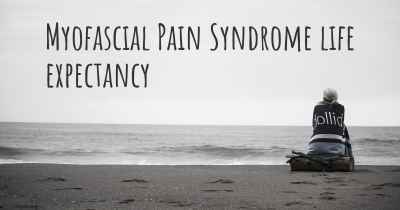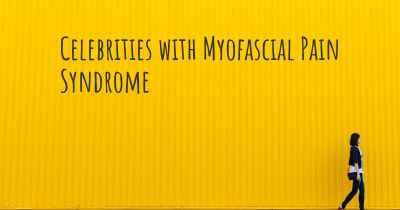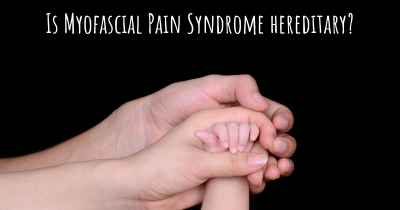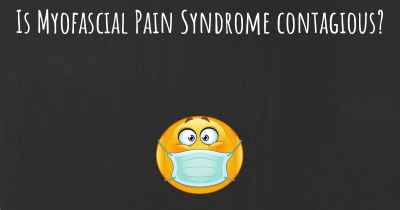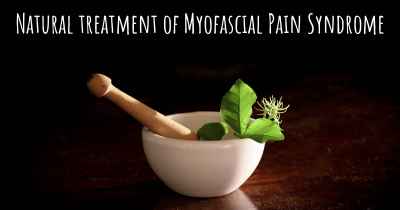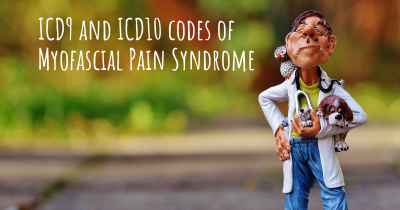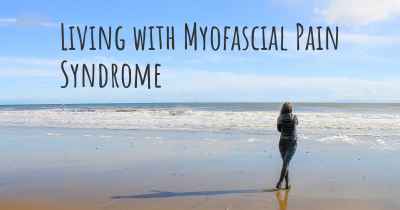What are the best treatments for Myofascial Pain Syndrome?
See the best treatments for Myofascial Pain Syndrome here
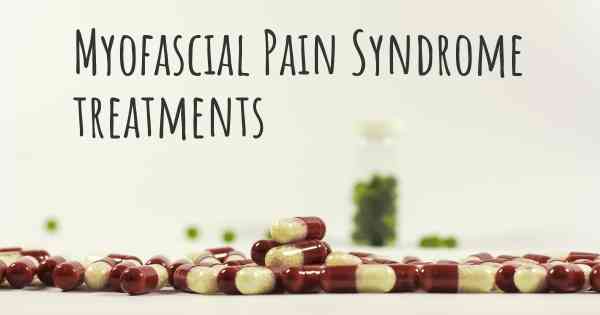
Treatments for Myofascial Pain Syndrome
Myofascial Pain Syndrome (MPS) is a condition characterized by the presence of trigger points in the muscles, which can cause localized or referred pain. These trigger points are tight knots of muscle fibers that can be felt under the skin and can cause discomfort and restricted movement. Fortunately, there are several effective treatments available for managing and relieving the symptoms of MPS.
1. Trigger Point Injections
Trigger point injections are a common treatment for MPS. This procedure involves injecting a local anesthetic, such as lidocaine, directly into the trigger point. The injection helps to relax the muscle and relieve pain. In some cases, a corticosteroid may also be injected to reduce inflammation. Trigger point injections can provide immediate relief and can be repeated as needed.
2. Physical Therapy
Physical therapy plays a crucial role in the treatment of MPS. A physical therapist can help identify trigger points, teach self-stretching and relaxation techniques, and provide manual therapy to release tight muscles. They may also recommend exercises to improve muscle strength and flexibility, which can help prevent the recurrence of trigger points. Physical therapy can significantly reduce pain and improve overall function.
3. Massage Therapy
Massage therapy is another effective treatment for MPS. Skilled massage therapists can locate and release trigger points using various techniques, such as deep tissue massage, myofascial release, and stretching. Massage helps to increase blood flow, relax muscles, and reduce pain. Regular sessions with a qualified massage therapist can provide long-term relief from MPS symptoms.
4. Dry Needling
Dry needling is a technique that involves inserting thin needles into trigger points to stimulate the release of tension and promote healing. It is similar to acupuncture but focuses specifically on trigger points. Dry needling can help reduce pain, improve muscle function, and restore range of motion. It is often used in conjunction with other therapies, such as physical therapy or massage therapy, for optimal results.
5. Medications
Medications can be used to manage the symptoms of MPS. Nonsteroidal anti-inflammatory drugs (NSAIDs), such as ibuprofen or naproxen, can help reduce pain and inflammation. Muscle relaxants may be prescribed to relieve muscle spasms and promote relaxation. In some cases, antidepressants or anticonvulsants may be used to help manage chronic pain. It is important to consult with a healthcare professional before starting any medication.
6. Heat and Cold Therapy
Heat and cold therapy can provide temporary relief from MPS symptoms. Applying a heating pad or warm towel to the affected area can help relax muscles and increase blood flow. Cold therapy, such as ice packs or cold compresses, can help reduce inflammation and numb the area. Alternating between heat and cold therapy can be beneficial for some individuals.
7. Stress Management Techniques
Stress can exacerbate MPS symptoms, so it is important to incorporate stress management techniques into the treatment plan. Techniques such as deep breathing exercises, meditation, yoga, and mindfulness can help reduce stress levels and promote relaxation. Stress management techniques can complement other treatments and improve overall well-being.
8. Posture and Ergonomic Modifications
Improper posture and ergonomics can contribute to the development and persistence of trigger points. Making posture and ergonomic modifications can help alleviate MPS symptoms. This may include adjusting workstations, using ergonomic chairs or pillows, and maintaining proper body alignment during daily activities. A physical therapist or occupational therapist can provide guidance on proper posture and ergonomics.
9. Lifestyle Changes
Adopting lifestyle changes can have a positive impact on MPS. Regular exercise, such as stretching, strengthening, and aerobic activities, can help improve muscle function and reduce pain. Getting enough sleep, maintaining a healthy diet, and avoiding excessive alcohol and tobacco use can also contribute to overall well-being and symptom management.
It is important to note that the effectiveness of treatments may vary from person to person. A comprehensive approach that combines multiple therapies is often the most effective in managing Myofascial Pain Syndrome. Consulting with a healthcare professional or a pain specialist can help determine the most suitable treatment plan for individual needs.
